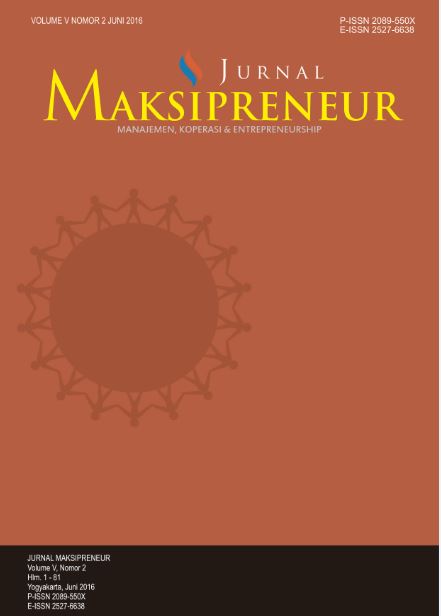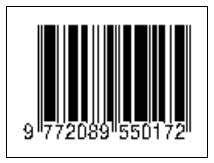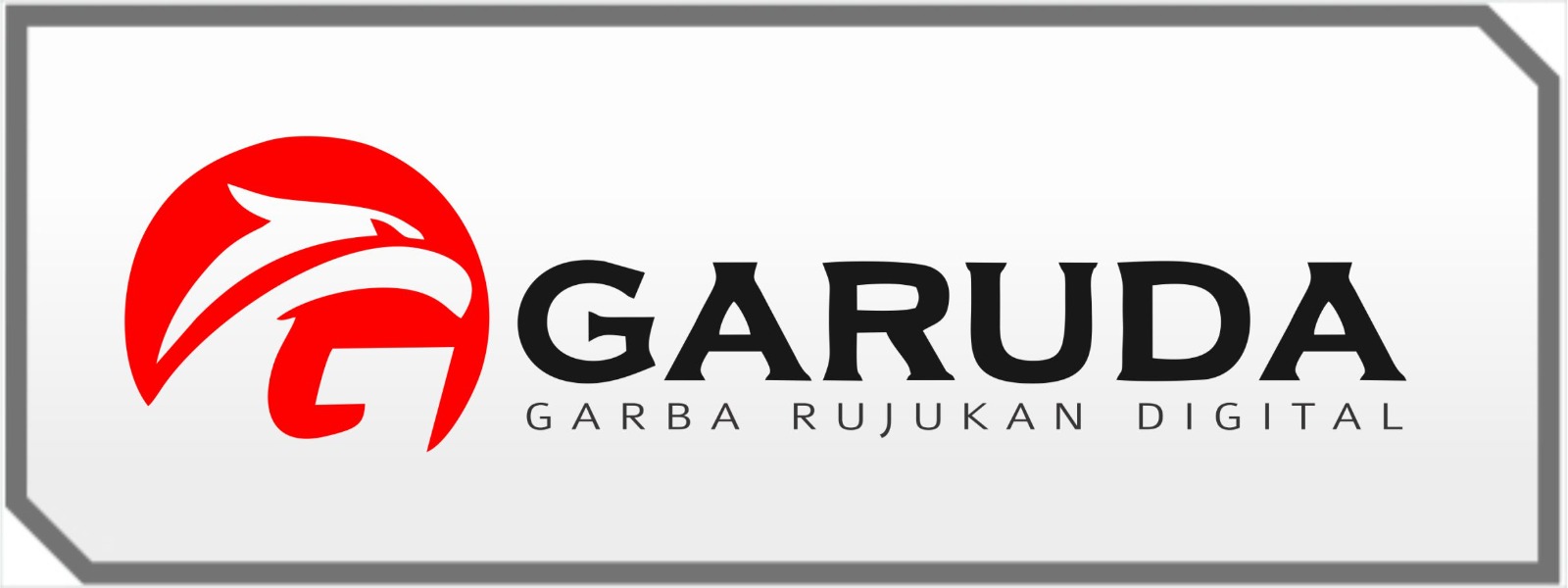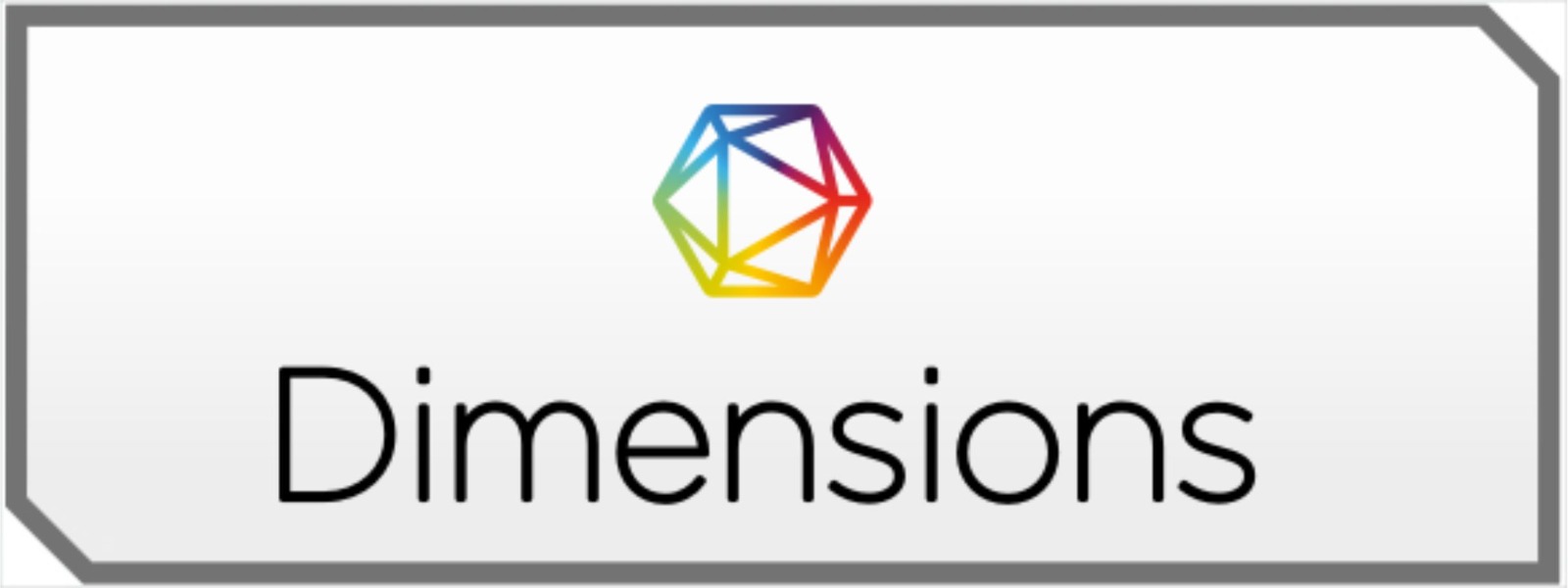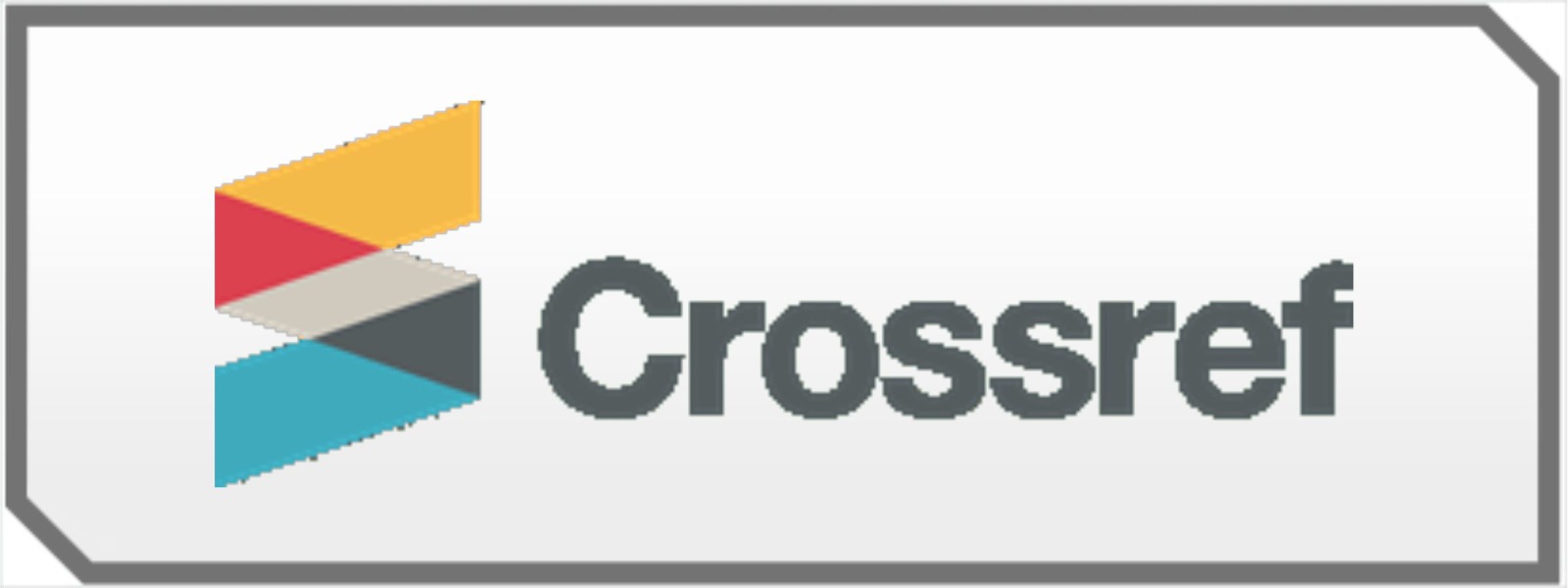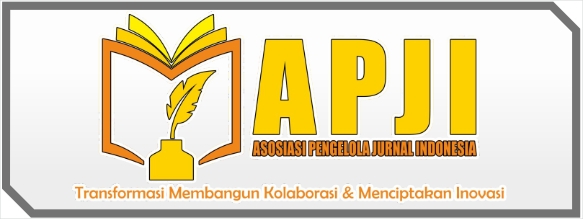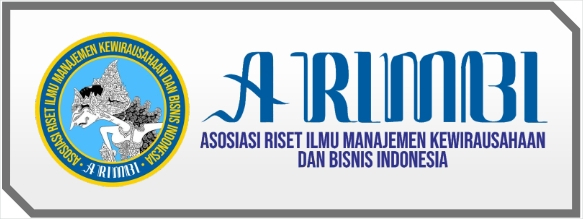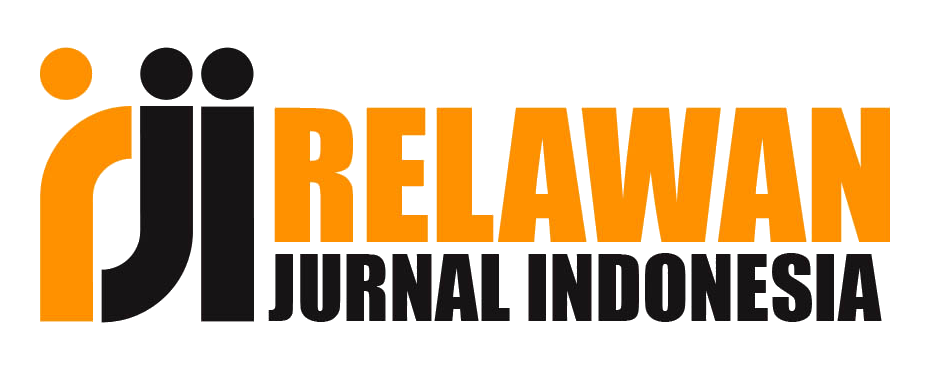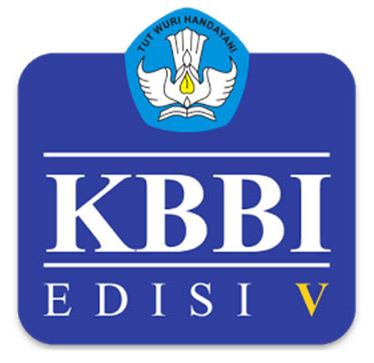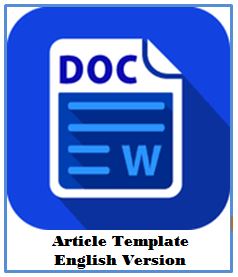Perlukah Mempertahankan Keunggulan Kompetitif oleh UMKM? (Studi Kasus UMKM Semarang)
DOI:
https://doi.org/10.30588/jmp.v9i2.496Keywords:
Business strategy, Competitive advantage, Corporate value, SMEs, SOARAbstract
This study is to find out and analyze how Small and Medium Enterprises (SMEs) maintain their competitive advantage so that they can survive or even develop from the time they have been established until now. For achieving the goal, this research used a qualitative approach. It is intended to explore the managerial actions of SMEs in maintaining a competitive advantage. The results of the study show that a competitive advantage can be owned through SOAR (Strength, Opportunity, Aspiration, Result). The strength consists of skilled workers, loyal customers, products according to consumer tastes, product and production process innovations, and adequate business land. The opportunity consists of the quality of the production process, broadening the marketing reach from domestic to foreign, and managerial capabilities supported by International Standard for Organization (ISO) 9000-2000 quality management systems that have an impact on increasing consumer confidence. But not many SMEs have been able to implement a quality management system. The aspiration is to work with several souvenir sellers around them and with export brokers. The result is expected to increase sales by participating in online exhibitions and promotions and improving the production process so that the products tend to be near to zero defect rate.References
Alghamdi, H. & Bach, C. (2013). Quality as Competitive Advantage. International Journal of Management & Information Technology, 8(1), 1265-1272.
Cooperrider, D., Whitney, D. K., & Stavros. J. M. (2003). Strategic inquiry with appreciative intent: Inspiration to SOAR AI Practitioner. International Journal of Appreciative Inquiry, 5(4), 10-17.
Creswell, J. W. (2016). Research Design: Pendekatan Metode Kualitatif, Kuantitatif dan Campuran. Yogyakarta: Pustaka Pelajar.
Gantino, R. & Erwin (2010). Pengaruh Biaya Kualitas terhadap Penjualan pada PT Guardian Pharmatama. Journal of Applied Finance and Accounting, 2(2), 138-168.
Hansen, D. R. & Mowen, M. M. (2001). Manajemen Biaya. Jakarta: Salemba Empat.
Hartini, S. (2012). Peran Inovasi: Pengembangan Kualitas Produk dan Kinerja Bisnis. Jurnal Manajemen dan Kewirausahaan, 14(1), 82-88.
Hossain, M. Z., Tasnim, M., Hasan, M. R. (2017). Is Quality Ensuring to Get Competitive Advantages in Auto Manufacturing Industries?—A Study of Volvo Group. American Journal of Industrial and Business Management, 7, 48-68.
Kraja, Y. & Osmani, E. (2013). Competitive Advantage and Its Impact n Small and Medium Enterprises (SMEs) (Case of Albania). European Scientific Journal, 9(16), 76-85.
Lestari, R. M. E. & Hakim, M. M. (2014). Pengaruh Biaya Kualitas terhadap Tingkat Penjualan pada PT Mitra Sejati Mulia Industri. Jurnal Ilmiah Manajemen dan Akuntansi Fakultas Ekonomi (JIMAFE), Vol Semester II, 34-41.
Ma, H. (2000). Competitive advantage and firm performance. Journal of Global Competitiveness, 10(2), 15-32 .
Munir, A., Lim, M., & Knight, L. (2011). Sustaining competitive advantage in SMEs. Procedia - Social and Behavioral Sciences, 25, 408-412.
Ong, J., Ismail, H., & Goh, G. (2010). The Competitive Advantage of Small and Medium Enterprises (SMEs): The Role of Entrepreneurship and Luck. Journal of Small Business and Entrepreneurship, 23(3), 373-391.
Pasaribu, R. B. F. (2013). Pengukuran dan Pengendalian Biaya Mutu dan Produktivitas. Jakarta: Universitas Gunadarma.
Putri, A., Effendi, U. & Effendi, M. (2015). Analisis Perencanaan Strategi Peningkatan Kualitas Pelayanan Konsumen dengan Metode Quality Function Deployment (QFD). Jurnal Industria, 4(1), 41-52.
Rangkuti, F. (2013). Teknik Membedah Kasus Bisnis Analisis SWOT Cara Perhitungan Bobot, Rating, dan OCAI. Jakarta: Penerbit PT Gramedia Pustaka Utama.
Ratnawati, R. (2017). SMEs’ Innovation of the Mediator of the Influence of the Implementation of CSR Program on Competitive Advantage of SMEs in Malang. Journal of Applied Management (JAM), 15(2), 261-270.
Ritzer, G. & Smart, B. (2010). Teori Sosial Postmodern, (Terj: Nurhadi). Yogyakarta: Kreasi Wacana.
Rochmatin, T. S. & Priyadi, M. P. (2013). Peranan Analisis Biaya Kualitas dalam Meningkatkan Efisiensi Biaya Produksi pada PT IGLAS (Persero). Jurnal Ilmu & Riset Akuntansi, 2(5), 1-16.
Ruslim, F. A. & Indriyani, R. (2015). Strategi Pengembangan Bisnis PT ABC. AGORA, 3(2), 439- 446.
Sandag, N. E., Tinangon, J., & Walandouw, S. K. (2014). Analisis Biaya Kualitas dalam Meningkatkan Profitabilitas Perusahaan pada CV Ake Abadi Manado. Jurnal EMBA, 2(2), 1327-1337.
Singh, M. (2013). Product Quality for Competitive Advantage in Marketing. International Journal of Business and Management Invention, 2(6), 05-08.
Sprangel, J., Stavros, J., & Cole, M. (2011). Creating Sustainable Relationships using the Strengths, Opportunities, Aspirations, and Results Framework, Trust, and Environmentalism: A research-based case study. International Journal of Training and Development: Special Issue on Organization Development, 15(1), 39–57.
Srivastva, S. & Cooperrider, D. (1990). Appreciative Management and Leadership: The Power of Positive Thought and Action in Organizations. Cleveland, OH: Lakeshore Communications.
Sudarmiatin, S. & Suharto, S. (2016). Sustainable Competitive Advantage on SMEs: Bringing Local Product toward Global Market. IOSR Journal of Business and Management, 18(7), 46-53.
Sugiman, F., Novita, P., & Widjaja, D. C. (2013). Pengembangan Bisnis Dilihat dari Faktor Internal dan Eksternal Perusahaan pada Homestay Dhanesvara di Surabaya. Universitas Kristen Petra, Surabaya, Indonesia, 362-375.
Sugiyono (2016). Metodologi Penelitian Manajemen. Bandung: Alfabeta.
Tilley, O. J. (2003). Competitive Advantage in SMEs, Towards a Conceptual Framework. In Jones, O. Competitive Advantage in SMEs Organizing for Innovation and Entrepreneurship, 1-39.
Tobing, D., Fathorazzi, M., & Wulandari, G. (2018). Mapping the Competitive Advantage of SMEs in East Java, Indonesia. Jurnal Dinamika Manajemen, 9(1), 23-32.
Tyoso, J. S. P. & Widyaningrum (2012). Analisis Kualitas Produk, Biaya Kualitas, dan Volume Penjualan. Serat Acitya Jurnal Ilmiah UNTAG Semarang, 1(1), 1-10.
Wang, W.-C., Lin, C.-H., & Chu, Y.-C. (2011). Types of Competitive Advantage and Analysis. International Journal of Business and Management, 6(5), 100-104.
Wigati, R. W., & Mildawati, T. (2014). Pemanfaatan Laporan Biaya Kualitas sebagai Pengendalian Biaya pada Pabrik Gula Watoetoelis. Jurnal STESIA, 3(7): 1-15.
Downloads
Published
How to Cite
Issue
Section
License
Authors who publish with Jurnal Maksipreneur agree to the following terms:
Authors retain copyright and grant the Jurnal Maksipreneur right of first publication with the work simultaneously licensed under a Creative Commons Attribution 4.0 International License that allows others to share (copy and redistribute the material in any medium or format) and adapt (remix, transform, and build upon the material) the work for any purpose, even commercially with an acknowledgment of the work's authorship and initial publication in Jurnal Maksipreneur.
Authors are able to enter into separate, additional contractual arrangements for the non-exclusive distribution of the journal's published version of the work (e.g., post it to an institutional repository or publish it in a book), with an acknowledgment of its initial publication in Jurnal Maksipreneur. Authors are permitted and encouraged to post their work online (e.g., in institutional repositories or on their website) prior to and during the submission process, as it can lead to productive exchanges, as well as earlier and greater citation of published work (See The Effect of Open Access).


